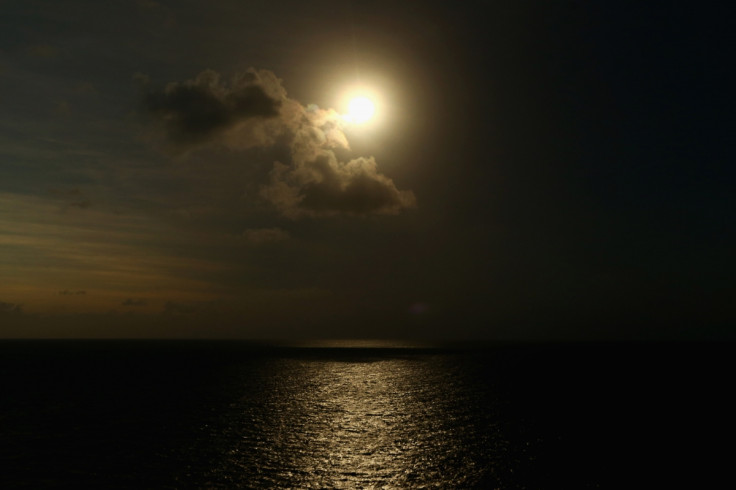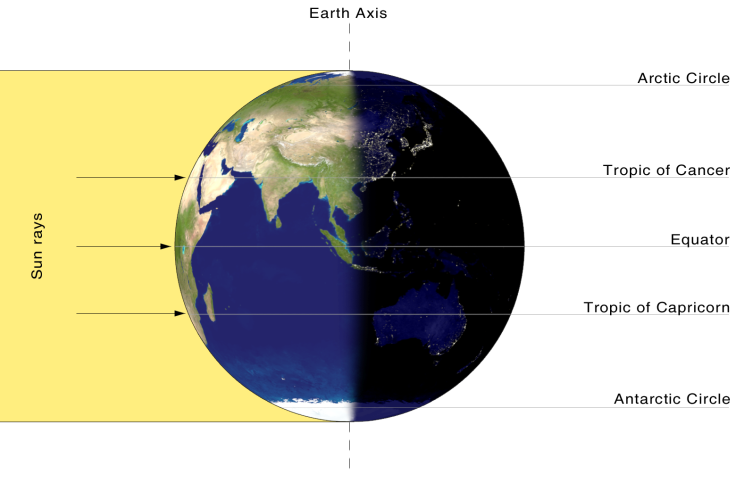Autumn equinox 2015: What is it and when does it happen?

The autumn equinox, or September equinox, will be celebrated on 23 September with countries across the globe marking the shift in the season – ringing in autumn for the Northern Hemisphere and spring for the Southern Hemisphere. But what exactly is an equinox?
As the Earth travels around the sun along its orbit, the north to south position of the sun changes over the course of the year due to the changing orientation of the Earth's tilted rotation axis. The dates of zero tilt of the Earth's equator correspond to the spring equinox and the autumn equinox.
Equinoxes occur when the plane of Earth's equator passes the centre of the sun. At that instant, the tilt of the Earth's axis neither inclines away from, nor towards, the sun.
This takes place twice a year, in September and March, which are the only times when the subsolar point – the place on Earth's surface where the centre of the sun is exactly overhead – is on the equator and consequently, the sun is at zenith over the equator. The subsolar point crosses the equator, moving northward at the March equinox and southward at the September equinox.

Why is it called an equinox?
The term equinox comes from the Latin aequus, meaning equal, and nox, meaning night. This is derived from the oldest understanding of an equinox, which suggests it is the day when daytime and night are of equal duration. This definition, however, is inaccurate.
Firstly, sunrise occurs when the top of the sun's disk rises above the eastern horizon. At that instant, the disk's centre is still below the horizon. Secondly, Earth's atmosphere refracts sunlight and as a result, an observer sees daylight before the first glimpse of the sun's disk above the horizon.
Times of sunset and sunrise vary depending on the location of an observer – longitude and latitude – so the dates when day and night are closest together in length depend on location.
Cultures across the world celebrate the September equinox in a number of different ways and is linked to ancient myth and superstition. In China and Vietnam, the equinox falls around the same time as the Mid-Autumn Festival, one of the most important festivals of the year in the Chinese lunar calendar.
© Copyright IBTimes 2025. All rights reserved.





















